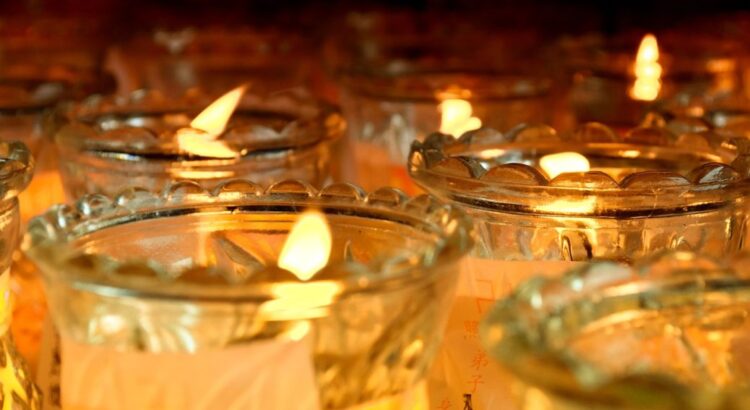Are you expecting that I’d start giving boring explanation over Diwali?
Well, I would love to provide value to your reading. So, I’d share some vital things that are a part of our Hindu tradition. But sans briefing about this festival’s significance, how could our next generation know?
So, here we begin.
Why do we celebrate Diwali?
Diwali aka Deepawali aka the festival of light infers an array of light. It symbolizes how goodness weighs over the demonic acts. It is celebrated on the shukla paksha of the Kartik Krishna Amavasya, as per Hindu’s calendar. It falls at the end of Hindu lunar month Ashvin and the beginning of the Kartik month.
With Dhanteras, Diwali’s mega celebration kicks off. People bring something new, like utensils, cloths, accessories, electrical appliances or any other thing, to their home. Merchants, traders and even, housewives worship ‘Kuber’ (the lord of riches) at their respective places. They illuminate the household, terrace and workplace. You can say that it’s a kind of cleanliness drive that takes place once in a year.
Naraka Chaturdashi is also known as Choti Diwali. As the Hindu mythology goes lord Krishna, Satyabhama and Kali slayed Narakasura on this day. This day is dedicated to the decoration. With beautiful Rangoli and earthen lamps, the houses are illuminated.
The third day is also known as Padwa or badi Diwali. The spouse (male) is regarded as Padwa. This eve is also considered as the marriage anniversary. Brothers take their sisters along from their in-laws house. The traders begin new accounting books (journals) from this day.
Next day is dedicated to Lord Krishna. He saved the people of Gokul from the cruelty of Lord Indra who unleashed torrential rain. The streets and houses were submerged. And people had no way to run away. Eventually, Krishna took the villagers under the shed of Govardhan Parvat (mountain). Later, they were rescued.
Thereafter fall Bhai Dooj. This festival denotes the pious love of brothers and sisters. It’s celebrated with the same feeling as of Rakhi.
All these festivals together create a festoon of happiness. But sans these ideas, the real sensation goes missing.
5 Ideas that you can’t afford to miss this Diwali:
- Shopping:
Any festival is incomplete without new things and cloths. Whether it’s for revamping or worshipping, you require new paint, clothes, accessories and many more things. All these new things insert an essence of festival. The excitement & feel of this festival remain same indigenously or abroad.
You need not wander door to door of the shops. Go for window shopping 24X7. Don’t bother about the misfit as the online shoppers cater every wearable & accessory in different sizes. Select according to the size or dimension. Go through the terms & conditions. Check the payment option and choose accordingly. All those channels are absolutely seamless & designed to remove your hassles.
- Rangoli Making:
Rangoli is a beautiful pattern of rainbow colours. On Diwali, the wise women or maidens churn the rice and draw the designs on the floor. It consists of some traditionally auspicious patterns like Swastik, Ganesha, Om, peacock, motifs and so on. If they want, they can use petals, flowers and cereals to create the captivating pattern.
It is all done to welcome the goddess Lakshmi so that she would bestow the wealth & prosperity.
- Decorating with diyas and lightning:
Without illumination, the celebration is half. The night of Diwali is a new moon night. The environment envelops in the darkness. To dispel that murkiness, people illuminate earthen lamps, candles and electric bulbs. This illumination symbolizes enthusiasm and excitement. The core message of this fest is not to feel low. Always be in high spirit. The grey shade of your life will be ended soon.
- Worshipping:
This festival is named to Lord Rama, Lord Ganesha and Goddess Lakshmi. People worship them with holy heart & devotion while emerging in new drapes. They pledge to follow the path of decorum shown by Lord Rama. Lord Ganesha marks auspiciousness and goddess Lakshmi showers wealth. Therefore, people tend to appease them with the hymns, Arti and poojan.
- Gifting & firework:
After worshipping, the time comes for exchanging gifts and sweets. Once they are done with the gift distribution, they move to cracking fires. They burn crackers, rockets and small bombs. This is how they show their extreme joy and streaming happiness.











